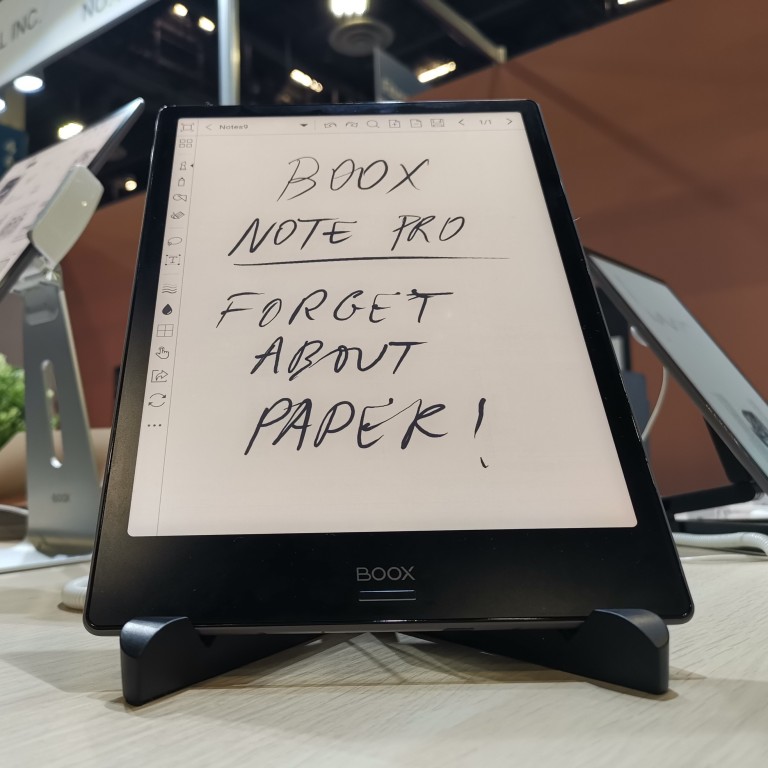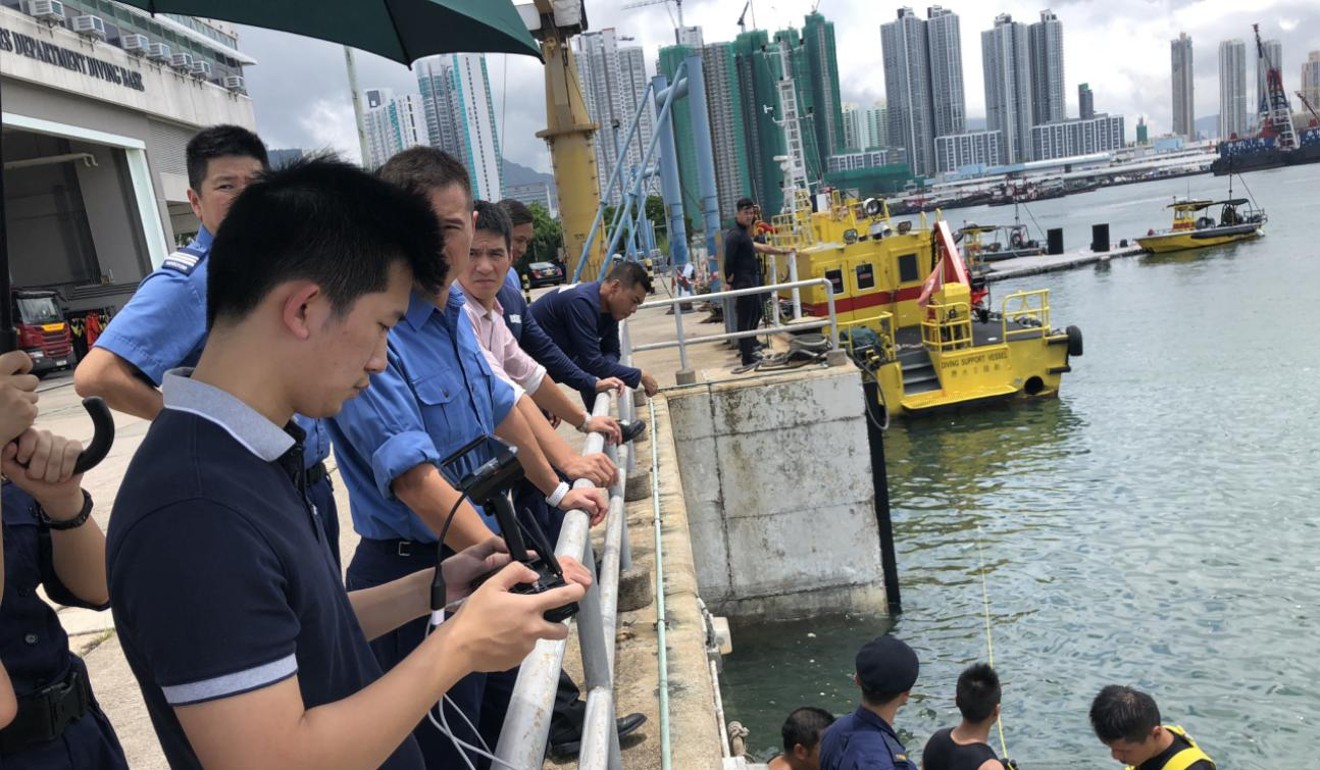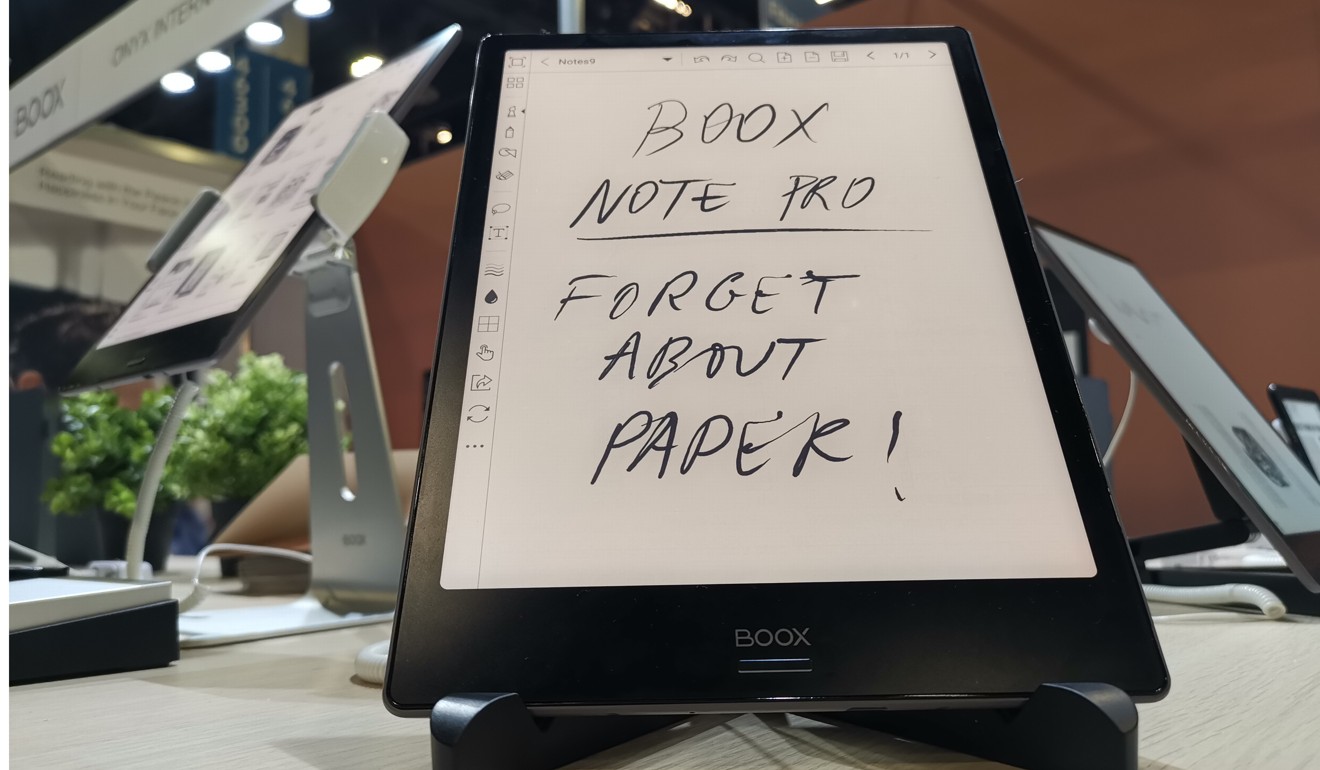
7 of the best new gadgets from Shenzhen and Hong Kong at CES
- From 11K cameras to underwater drones, these intriguing innovations at CES all come from China’s Silicon Valley and Hong Kong
- Annual show is still a critically important showcase for Chinese start-ups despite trade tensions
At the Consumer Electronics Show (CES) this week in Las Vegas, almost everything is made in China. But for how long?
Shenzhen-based tech companies have long dominated this major annual consumer tech trade show, but there are significantly fewer there this year than 2018’s record haul of 1,500.
This drop comes amid fears that US tech companies, hit by high tariffs for importing Chinese products, are turning to Taiwan for components.
“There are around 400 fewer companies from Shenzhen at CES this year,” says Jinfeng Huang, chief executive of Shenzhen-based Sleepace. “Part of the reason is the trade war between China and the US, but also because of the economic slowdown in China.”

But the four-day event – which this year runs from January 8 to 11 – remains a critically important global showcase, especially for start-ups.
“It brings together such a large collection of top international press, distributors, influencers, retailers and others together in one place for an entire week,” says Andreas Widy, co-founder and chief executive of Hong Kong-based Navatics, and an engineering graduate from the Hong Kong University of Science and Technology. “CES allows Chinese companies and brands to have face-to-face interactions with a wide and diverse selection of industry leaders.”
From 11K cameras to underwater drones, here are some of the most intriguing innovations from Shenzhen and Hong Kong being shown off to the world this week in Las Vegas.

Insta360 Titan camera
Who cares about 4K when you can have 11K? The Titan from Shenzhen-based Insta360 can create a 75-megapixel image using eight different lenses on one camera, and is aimed at professional videographers and high-end VR content creators.
The tech inside the Titan includes “Micro Four Thirds” sensors as well as the firm’s own FlowState stabilisation tech, which steadies and smoothens handheld video by balancing everything to the horizon.
8K TVs, 5G, in-vehicle tech: record US tech sales forecast for 2019
Airluna ‘invisible’ air purifier
ASA, a start-up incubated at the Hong Kong Science Park in collaboration with City University of Hong Kong, has put patented ozone catalytic oxidation (OCO) tech into a lamp to create the world’s first “invisible” air purifier.
Instead of carbon filters that need changing, OCO absorbs pollutants and decomposes them into water and carbon dioxide, thereby destroying them.

Sublue WhiteShark Mix underwater scooter
Shenzhen-based Sublue used CES to preview its new “intelligent water recreation” and exploration products.
The WhiteShark Mix, the winner of a CES Asia Innovation Award, is a double-propeller underwater scooter for swimming, snorkelling and diving.
Dual motors and propellers make the WhiteShark Mix move at up to 5 feet per second (1.5 metres per second) and it also features a built-in action camera mount.
Sublue also showed-off Swii, an electric swimming kickboard for children and non-swimmers, and Nano, an underwater AI auto-follow robot designed for photography and videography.

Sleepace Smart Sleep Sensor for Babies
The sleep-tech area of CES grows every year, and with it comes a lot more solutions for monitoring babies.
Sleepace, which has supplied products to LG, Huawei and Motorola, unveiled at CES a sleeping mat that tries to solve the problem of sudden death.
Well Being Digital WBD101 heart rate sensors
Until now, heart rate sensors that also count steps have been restricted to fitness fanatics happy to wear bracelets and smartwatches. So what about the rest of us?
“Even if you only wear earphones occasionally while commuting, data on heart rate can be very useful,” says Kow Ping, co-founder of Hong Kong hearbles company Well Being Digital, which makes in-ear heart rate sensors and software that go into Western brands of earphones.
The company has been supplying its tiny WBD101 heart rate sensor tech and ActivHearts software to brands like Pioneer and JBL.
“Our sensor can take your heart rate and the app can tell you to slow down, or that you’ve been still for too long,” Kow says.

Navatics MITO underwater drone
At CES there are drones for everything from taking selfies to keeping an eye on homes while you’re out.
The MITO underwater drone goes down instead of up, diving up to 130 feet, shooting video in 4K, streaming full HD video to a phone, and taking eight-megapixel photos.
“We’ve tested Navatics MITO in the Hong Kong harbour many times,” Widy says.
The drone has been helping Hong Kong customs carry out smuggling inspections of cargo vessels.

Onyx Boox Note Pro
Remember when e-ink displays were set to be the future?
After impressing on Amazon’s Kindle reading device, the power-saving screen tech soon took a back seat to ever bigger phones and tablets.
Now “electronic paper” is back thanks to Onyx, founded by a team from IBM, Google and Microsoft and headquartered in Guangzhou, with an office in Shenzhen.
Previewed at CES was the Boox Note Pro, a super-light 10.3-inch, Android-based, e-ink tablet with frontlighting.

